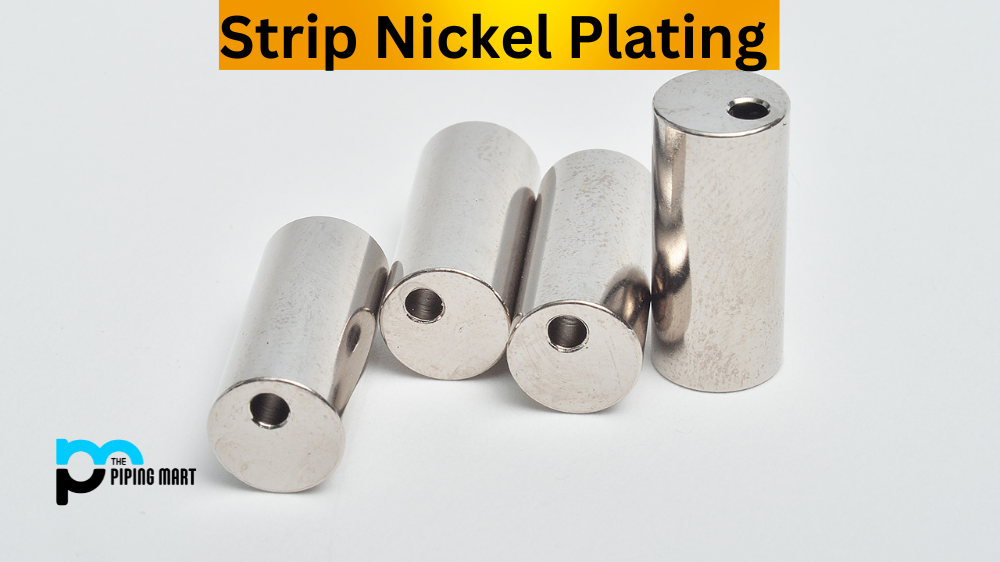Are you looking for an effective way to strip nickel plating from metal? If so, then you’ve come to the right place. Stripping nickel plating from metal can be a tricky process that requires the right materials and techniques. In this blog post, we will go over why it’s important to strip nickel plating, the supplies you need, and step-by-step instructions on how to do it correctly. Keep reading if you want to learn more!
Why Strip Nickel Plating?
Nickel plating is often used as a finishing process in many industries, such as automotive, electronics, and aerospace. It provides excellent protection against corrosion and wear but can become scratched or damaged over time. If this happens, it’s important to remove the old layer of nickel plating before applying a new one. Otherwise, your new layer won’t adhere properly and may not provide adequate protection.
Supplies You Need
The supplies you need to strip nickel plating from metal will depend on the type of metal you are working with. However, some common supplies include gloves, safety goggles, respirator mask (if needed), protective clothing, steel wool or sandpaper (depending on the type of metal being worked with), an acid-based chemical stripper (such as HCl or HF), neutralizing solution (i.e., baking soda and water mix), brush/scrubber pad/sponge for scrubbing off the remaining residue after stripping, and a container for mixing the stripping solution in.
Instructions
- Begin by putting on all necessary protective gear, including gloves, safety goggles, respirator mask (if needed), and clothing that covers your arms and legs completely. This is important because some of the chemicals used in this process can cause skin irritation or worse if they come into contact with your skin or eyes directly.
- Next, prepare your workspace by covering any nearby surfaces with plastic sheeting or newspaper just in case any of the chemicals spill onto them during the stripping process. Then use steel wool or sandpaper to buff away any imperfections in the surface of the metal before beginning the stripping process.
- Now, it’s time to mix up the acid-based chemical stripper according to manufacturer instructions and pour it into a container for easy access during the next steps. Start by applying an even layer of stripper across the entire surface of your material using either a brush or sponge applicator tool; make sure not to leave any areas untreated because these could cause problems down the line when re-plating later on! Allow this first layer of stripper to sit for 10-15 minutes before coming back and wiping off the excess residue with a clean cloth rag – do not rinse yet!
- Once all visible residue has been wiped away from the material surface using the cloth rag mentioned above then, it’s time to neutralize the remaining chemical solution present on an object by pouring over a mixture consisting of equal parts baking soda + water until bubbling stops & color changes back neutral – usually takes about 30 seconds depending upon amount still present after wiping off initial coating! Finally, rinse thoroughly under running tap water until no visible residues remain, then allow drying completely prior to continuing the next steps…
Conculsion:
Stripping nickel plating from metal isn’t always an easy task, but with patience and knowledge, it can be done effectively without damaging your material too much in the process! You should now have all information necessary, including supplies needed as well as step-by-step instructions – so what are you waiting for? Get out there & get those metals stripped today! Good luck & happy stripping!
Rachana is a dedicated and ambitious young woman who has made a name for herself in the metal industry. From her earliest days in the industry, Rachana showed a natural talent for problem-solving and a keen eye for detail. In her free time, She enjoys reading up on the latest advancements in the industry, as well as exploring new ways to innovate and improve upon existing processes.




